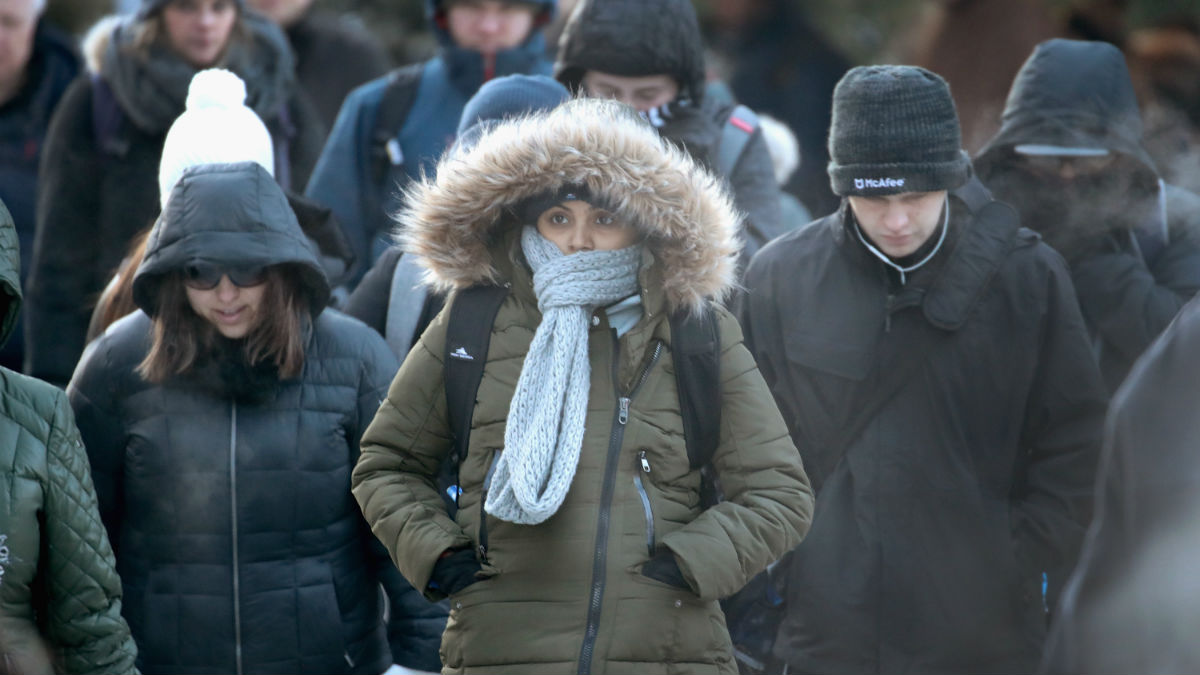White inmates in Illinois are having their sentences shortened during the coronavirus pandemic at a higher rate than Black inmates, an analysis of public data by a prison reform group shows.
State officials released about 3,400 people early from Illinois prisons between March 1 and June 4, according to a report published Wednesday by the Chicago-based group, Restore Justice.
Less than half (46%) of inmates released early were Black, even though Black inmates make up 54% of the state prison population. Meanwhile, 43% of inmates who were released early were white, even though whites make up about 32% of the prison population, according to the Restore Justice report.
___
The nonprofit news outlet Injustice Watch provided this article to The Associated Press through a collaboration with Institute for Nonprofit News.
___
A third of the 1,800 inmates released with 90 days or more left on their sentences were Black, compared to 55% who were white, the group’s analysis found.
Local
The Illinois Department of Corrections did not immediately respond to questions about the racial disparities in prisoners released from state correctional centers between March and June.
Criminal justice groups have pushed Gov. J.B. Pritzker and Illinois prison officials since the beginning of the pandemic to mass release inmates from the state’s 28 correctional centers, most of which are overcrowded and lack adequate medical staff and equipment.
So far, 13 inmates at Illinois prisons have died from COVID-19, and another 24 have been hospitalized due to complications from the disease.
“In the face of the largest public health crisis in more than a century, the state’s response concerning its most vulnerable populations has been anemic,” Restore Justice wrote.
The group’s analysis also highlighted disparities among prisoners who exited custody through a program that can shorten sentences by up to six months via discretionary sentencing credits. Nearly twice as many white inmates were released early through the program since March compared to Black inmates.
State prison officials have dramatically increased their use of the credits throughout the COVID-19 pandemic. Last year, 122 inmates received the credit. From March 1 through June 4 this year, more than 1,100 people were released through discretionary credit.
State law allows corrections officials to award the credits based on a number of factors, including if inmates complete certain programs while in custody, cooperate with facility rules, and provide service to the department or community. Corrections officials can’t consider prisoners with certain violent offenses, including murder or terrorism, or those who have committed another offense during their incarceration.
David Olson, a Loyola University Chicago criminologist, warned that racial disparities in early release data could stem from factors both outside, and within, the department’s control.
Olson raised the possibility that disciplinary infractions might play some role in who has been released and who hasn’t. Some research indicates that Black prisoners are more likely to receive disciplinary tickets from correctional officers than their white peers. But Olson cautioned that not enough public information exists about how race affects prisoner discipline.
“It could be that correctional officers respond differently to prison rule violations for Blacks versus whites,” he said. “You could flip it and say minorities don’t trust the system…therefore they’re more inclined to violate rules.”
Jobi Cates, the executive director of Restore Justice, suggested that the racial disparities in the release data likely stem from a combination of other factors, including policing and sentencing disparities. She said her group’s analysis provides “a really concrete example of how systemic racism works,” and advised criminal justice officials to take note.
“If you don’t review your own work, of systems that are inherently biased toward white people and away from Black people, you end up with a racist outcome,” she said. “You can’t be neutral when the system is at play, you have to actively engage in challenging every step.”



